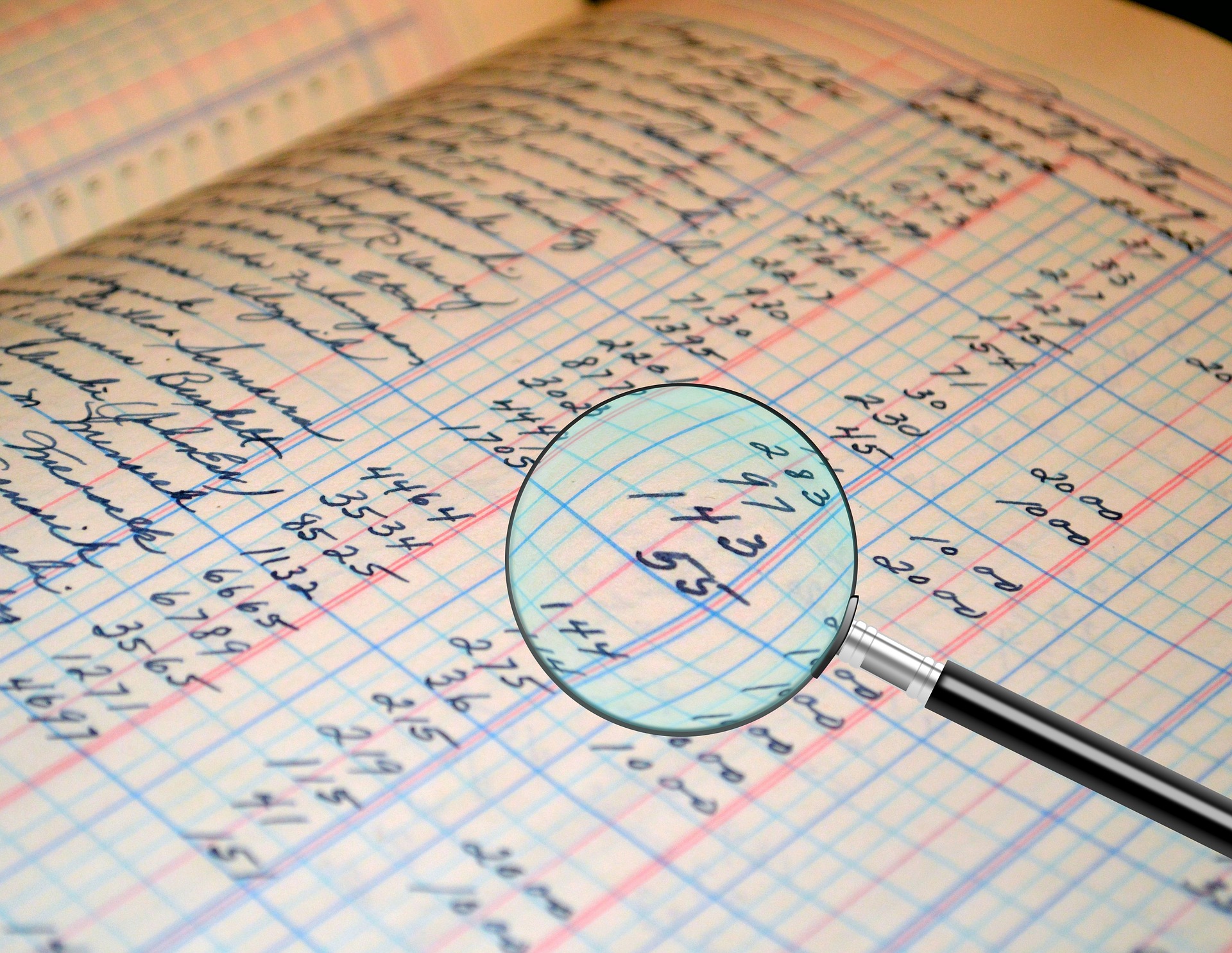Now Reading: Forensic Graphology: Science or Speculation??
-
01
Forensic Graphology: Science or Speculation??

Forensic Graphology: Science or Speculation??
Forensic Graphology: Science or Speculation?
Forensic Graphology is the branch of questioned documents which can be defined as the scientific study of human personality through any graphic movements like handwriting, scribblings, drawings/paints mainly found in documents such as suicide letters, blackmail letters, suspicious letters, etc., which used to prove the mental status of the suspect/victim and experts are called as ‘graphologists’.
But actually, this work is done by document examiners in conjunction with the forensic psychologists that police can use for solving crimes.
Handwriting is brainwriting which involves the coordinated effort of the conscious and subconscious mind, nerves, and muscles useful for means of communication. It is an acquired art that earlier level involves in the learning and practicing with conscious effort and after practice and proficiency acquired then it almost becomes a reflex action. Each person has a distinct mental conception of style and manner of writing through which experts can understand coherently about the individuality and habit.
Main classification of graphology:
- Integrative graphology :It focuses on types of strokes and their relation to individual personality
- Holistic graphology: It focuses on the movement, form while writing, and space between words or sentences.
History
Aristotle noticed this correlation between an individual personality and handwriting over 2000 years ago while the Chinese independently made the observation.
However, the first book on the systematic analysis of personality through the handwriting was published by Camilio Baldi, an Italian physician and philosophy professor called “Treated how, by a letter missive, one recognizes the writ nature and qualities”
Graphology term is coined by the Abb Jean-Hippolyte by joining two Greek words in which graphein means writing, logos means science [study] and the former person to add the scientific base to the handwriting analysis. Later, many philosophers and graphologists have validated graphology by research, theories, principles using empirical and clinical procedures.
Analysis methods
Handwriting analysis can be done manually by using the magnifying glass, stereoscope, etc. It depends on the experience, knowledge of the graphologist by observing the slant, space, size, tremors, pressure, movement of the writing and they give preference to shape as well as the position of the i – tittle, T- bars.
Automation computer analysis can be done by using software like sitoo software, graphonomizer software, CAG [computer aided graphology] which identifies the writing features, analysis according to graphology rules and it also prints & stores in the system.
Some of the features are explained here which indicates its respective personality traits
| Character | Handwriting features |
| Aggressiveness | Heavy pressure, angles upstroke, straight diagonal, speed exaggerated, right down tending T bars |
| Adaptability | Curved form, garlands, even pressure, large size, right forward slant firm down stroke |
| Authority | Exaggerated right tending T bars |
| Calmness | T bars & i tittle placed flat [even] curves, slowness, even pressure |
| Concentration | T bars & i tittle kept low, slant vertically, small script |
| Cruelty | I and T bars heavy and pointed, terminals pointed and downward, pasty, heavy pressure |
| Depression | Downward baselines, terminal stroke of last letter fall, descending lines, letters form crumble |
| Independence | Large capitals, angles, first strokes of mow are higher than remaining strokes |
| Nervousness | Sudden changes in speed, pressure, size |
| Reserve | Arcades, wide right margin, wide lower margin, upright script, narrow script with pressure |
A science or speculation???
Understanding someone is not always easy but it’s not an impossible thing. It reveals the mystery of human nature. Well, let’s discuss whether it is science or speculation.
There are many theories supporting graphology and there are cases solved with the help of graphology. In many European countries and the USA, it is an officially approved science.
Graphology has numerous advantages over psychology assessments which helps to assess strangers by just looking at the handwriting sample regardless of the language within a short duration.
Truths and myths about graphology
Reveals: Truth
“Any image that appears in the mind, any tendency related to this image, is reflected in a movement” by Ivan Mikhailovich Sechenov, a well Russian scientist.
Reveals the age of an individual: Myth
In reality, handwriting has definite features that are typical of certain ages based on the way of letters because teaching writing is a bit different depending on a period. But it won’t be 100% result same applies to the psychological age of a person
Reveals sex: Myth
A graphologist will be able to identify gender not sex, as sex is physical but gender is psychological and social
It will show emotional, soft, indecisive, accommodating traits in a person which doesn’t always typically of women, sometimes these will be observed in men.
Reveals illness: Both truth and myth
As we know that handwriting is closely related to brain activity so diseases related to the brain and mental state can be found. But there is no exact conclusion for physical disorders. Disorders such as autism, emotional distress, burnout syndrome, etc., can be revealed which are related to neurology, psychology, etc.
There are extremely rare cases that graphologists predicted heart diseases with an accurate time period.
Conclusion:
Although there are many controversies about graphology, there are psychological explanations that account for the belief. Few reasons to believe it because it has the appearance of science, even though there is no scientific proof and it appeals to authority, based on theories by psychologist Carl Jung.
There are various fields where graphologists provide services are corporate industries, consultants to check their employee’s personality traits, skills.
But actually, this work is done by handwriting experts in conjunction with the forensic psychologists that police can use for solving crimes.
There shouldn’t be a final judgment based on only graphology but forensic divisions, police and the courts need graphologists for assessing crimes by writing samples to reduce the number of suspects.
References
- “A Brief History and Background of Handwriting Analysis or Graphology.”
- Handwriting Analysis. Learn to Analyze Handwriting at Graphic Insight. 1996-2008.
- 07 Mar. 2012. http://graphicinsight.co.za/background.htm
- “Handwriting Analysis, Inc.” Handwriting Analysis, Inc. Web. 06 Mar. 2012.
- http://www.handwritinganalysisinc.com/
- Sassi, Paula, and Whiting, Eldene. “Handwriting Insights.” Portable Personality Test
- Handwriting Analysis Terms. Web. 06 Mar. 2012.
- http://www.handwritinginsights.com/terms.html
- http://www.handwritinginsights.com/terms.html
- https://teresadeberry.com/what-to-know-when-using-a-forensic-handwriting-experts/
- https://medcraveonline.com/FRCIJ/forensic-graphology-assessment-of-personality.html#ref4










